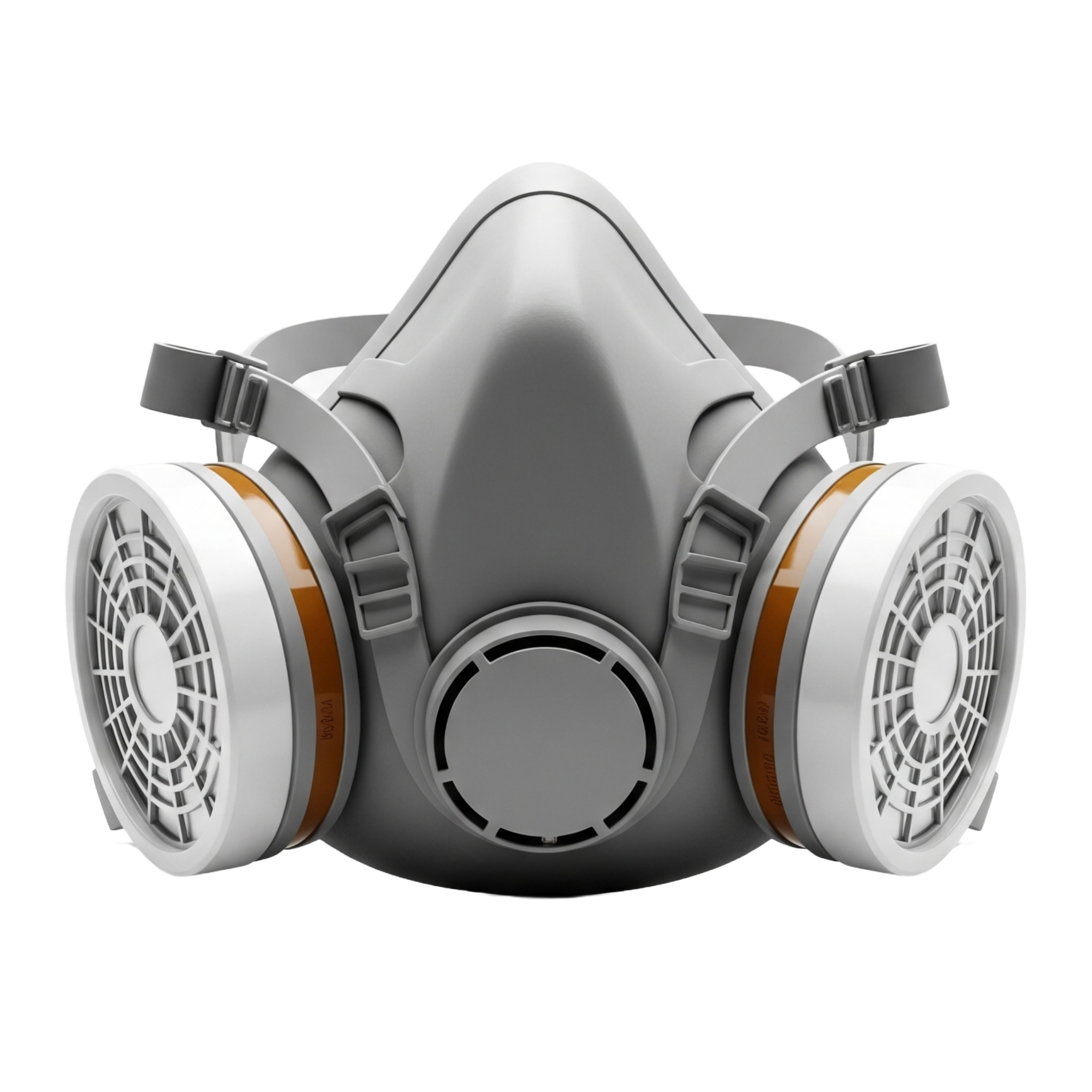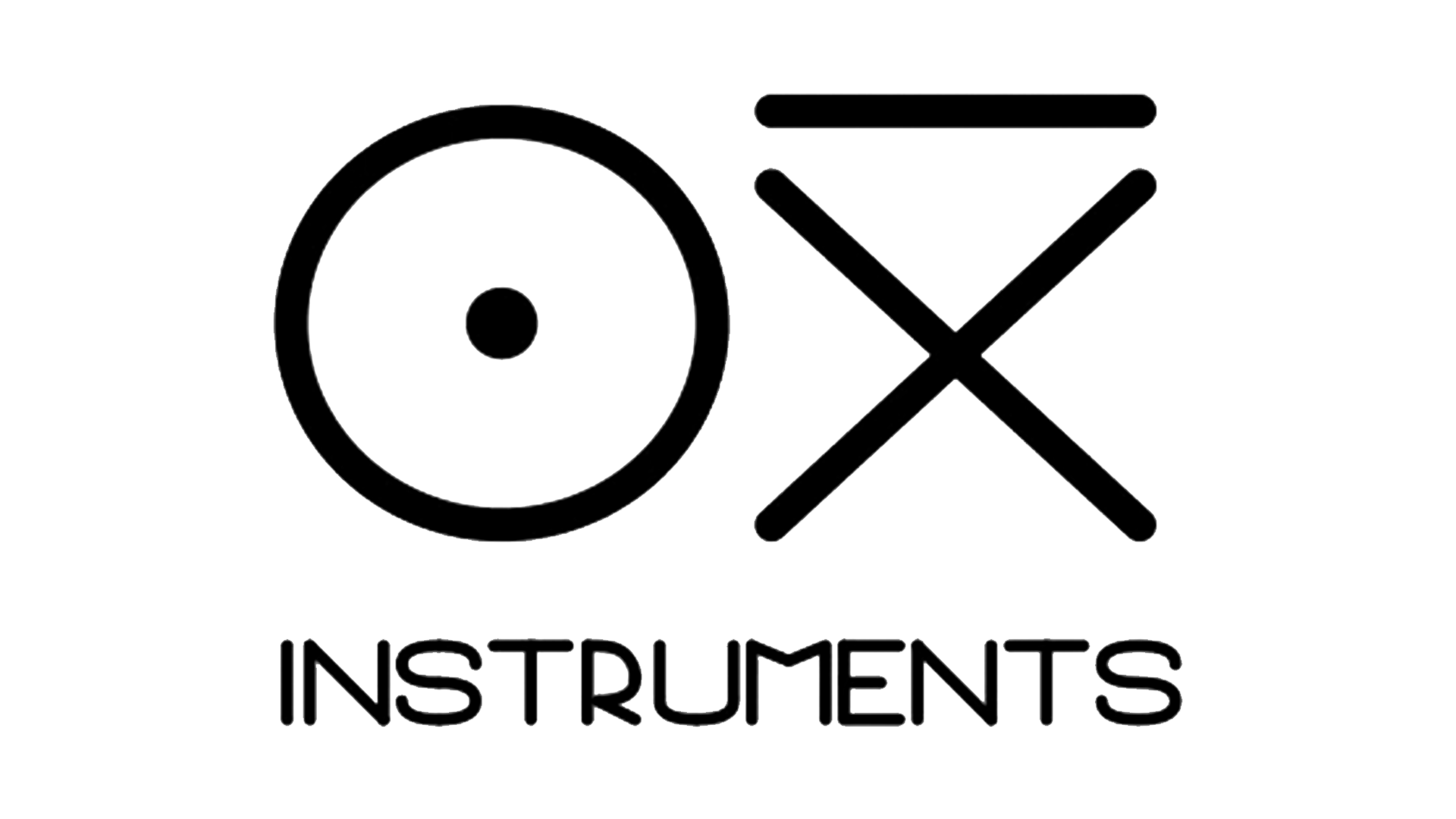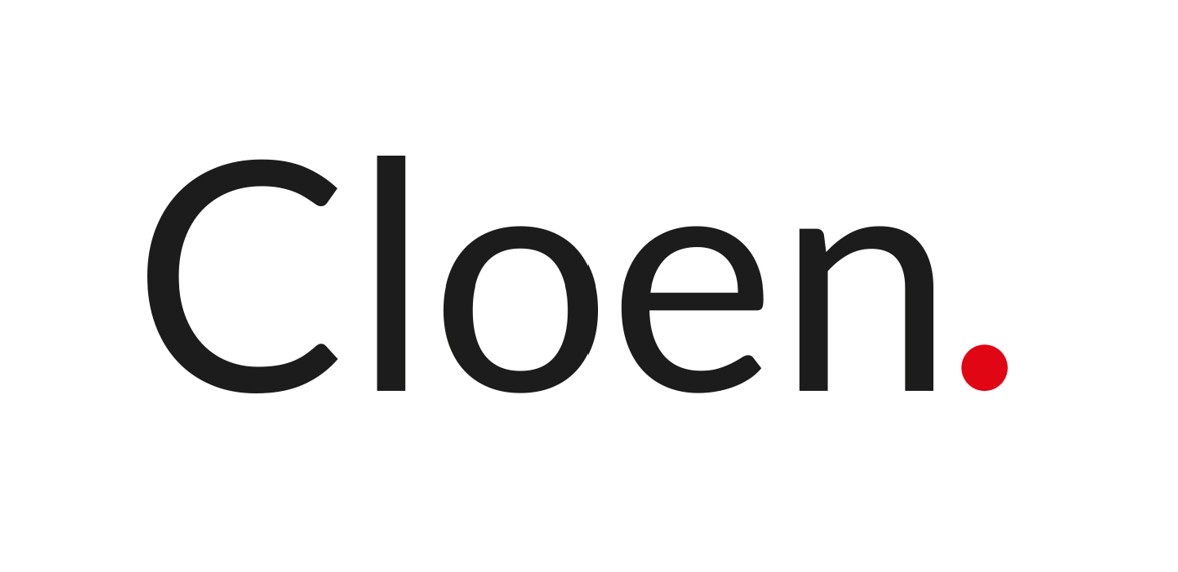CE Marking - PPE
Personal Protective Equipment (PPE)
Market your PPE in the European market with full assurance.


What is CE Marking for PPE about?
CE Marking on Personal Protective Equipment (PPE) is a legal requirement for its commercialisation in the European Economic Area. It ensures adequate levels of health and safety for both workers and private users. It demonstrates the product's compliance with the highest protection standards defined in Regulation (EU) 2016/425. This rigorous process ensures that the PPE has been designed, tested, and manufactured to effectively protect against the risks for which it was conceived.
Regulation (EU) 2016/425 defines Personal Protective Equipment (PPE) as:
a) Equipment designed and manufactured to be worn or held by a person for protection against one or more risks to their health or safety.
b) Interchangeable components for such equipment which are essential for its protective function.
c) Connection systems for such equipment that are not held or worn by a person, and are designed to connect the equipment to an external device or structure, or to a secure anchor point.
This includes a very wide range of products such as safety helmets, protective goggles, work gloves, safety footwear, fall arrest harnesses, hearing protectors, respiratory masks, and protective clothing, among others.
Regulation (EU) 2016/425 classifies PPE into three categories according to the level of risk they protect against. This classification is crucial as it determines the conformity assessment procedure that the manufacturer must follow.
Category I (Minimal Risks): Includes PPE that protects against minimal risks, the effects of which can be identified in good time and without harm by the user.
Examples: Superficial mechanical injuries, contact with cleaning materials of weak action, contact with hot surfaces not exceeding 50 °C, eye damage due to sunlight (other than for direct observation), non-extreme atmospheric conditions.
Category II (Intermediate Risks): Covers risks not included in Category I or III. It is the most common category.
Examples: Safety helmets, protective footwear, mechanical protection gloves.
Category III (Mortal or Irreversible Risks): Exclusively includes risks that can have very serious consequences, such as death or irreversible damage to health.
Examples: Protection against falls from a height, electric shocks, drowning, oxygen-deficient atmospheres, hazardous substances, harmful noise, ionising radiation.
Regardless of the category, every manufacturer must follow some fundamental steps:
Risk Analysis and Assessment: The manufacturer must identify all the risks the PPE is intended to protect against and design the equipment to effectively neutralise them.
Verification of Essential Health and Safety Requirements (EHSRs): The manufacturer must ensure that the PPE complies with all applicable EHSRs detailed in Annex II of the Regulation. This covers aspects such as the innocuousness of materials, ergonomics, comfort, and protection effectiveness.
Preparation of the Technical Documentation: A complete technical file must be created to demonstrate the product's conformity. This file is the "proof" that supports the declaration of conformity.
Carrying out the Conformity Assessment Procedure: This is the key step and varies drastically depending on the PPE category.
Drawing up the EU Declaration of Conformity: Once the assessment is successfully completed, the manufacturer draws up and signs this legal document, assuming responsibility for the PPE's conformity.
Affixing the CE Marking: Finally, the "CE" mark is placed on the product in a visible, legible, and indelible manner.
It should be noted that depending on the PPE category, the intervention of a Notified Body to perform the conformity assessment is mandatory.
For Category I (Low Risk), the process is based on the trust and sole responsibility of the manufacturer (Module A or self-certification/self-assessment).
For Category II (Intermediate Risks), an external body validates the design (Module B), but the manufacturer is responsible for controlling the production (Module C).
For Category III (Mortal or Irreversible Risks), an EU Type-Examination (Module B) is required to validate the design. The main difference lies in the control of the production phase, which must also be supervised by a Notified Body. The manufacturer can choose between two options, Module C2 or Module D.
Requirements to Consider for Obtaining CE Marking for Personal Protective Equipment (PPE)
To obtain CE Marking for Personal Protective Equipment (PPE), the requirements set out in Regulation (EU) 2016/425 must be met. However, depending on the performance, materials, and scope of use of the equipment, it may simultaneously be subject to different legal acts (directives and/or regulations) of the CE Marking. The CE Marking is obtained when the manufacturer ensures that all the requirements imposed independently by all applicable directives or regulations that are part of the CE Marking are met for the product. For example, a protective helmet (PPE) incorporating a radio communication system and battery-powered LED lights, in addition to Regulation (EU) 2016/425, would be subject to the Radio Equipment Directive (RED) 2014/53/EU for incorporating radio communication capabilities, the RoHS Directive 2011/65/EU for being electrical/electronic equipment, and the Regulation (EU) 2023/1542 for incorporating batteries. Additionally, if the Personal Protective Equipment (PPE) also has functions as a Medical Device, it will be subject to Regulation (EU) 2017/745 on Medical Devices (e.g., surgical or examination gloves).
Personal Protective Equipment (PPE)
Other CE Marking acts applicable to PPE
Below are some of the directives or regulations within the CE Marking framework that may apply to personal protective equipment (PPE) according to its characteristics.
Please bear in mind...
Medical Devices (MDR)
Radio Equipment (RED)
Low Voltage (LVD)
Electromagnetic Compatibility (EMC)
Restriction of Hazardous Substances (RoHS)
Batteries and Accumulators (BAT)

How can we help you with CE Marking?
We are a company specialised in conformity with extensive experience in the international product certification sector. Whether you can opt for self-certification or require third-party certification, we dedicate all our resources to ensure that you certify your products in an agile, effective, and guaranteed way.
Our services
Product Certification
Accredited Laboratory Testing
Technical Documentation
Advice and Consultancy
Avoid headaches
Let us help you and focus your energy on your business
“We can only say that they are a great team of professionals. Thanks to their rigorous work and professionalism, we were able to successfully certify the CE and FCC marking of the first version of our product, Travel Sax.”
Ramón Mañas
Odiseimusic (CEO)
“They have made possible what would have been impossible on our own, or much more costly in terms of time and money, allowing us to enter the market with all our responsibilities covered.”
Manuel Vázquez
Oxi Instruments (CEO)
“The quality of their work is excellent; they have shown a level of professionalism and dedication that exceeds our expectations. Their commitment to excellence and their client-oriented approach make them an ideal choice.”
Marcos Bruñuel
Bitbrain (QA/RA Manager)
Familiarise yourself with these basic concepts
If you are a manufacturer or an importer and you intend to place Personal Protective Equipment (PPE) on the European market, you need to know and understand a series of essential concepts.
Did you know...
According to Article 3 of Regulation (EU) 2016/425, PPE is defined as: "equipment designed and manufactured to be worn or held by a person for protection against one or more risks to that person's health or safety". This definition also includes interchangeable components essential for its protective function and connection systems for the equipment which are not held or worn by a person, designed to connect the equipment to an external device or to a reliable anchorage point, are not designed to be permanently fixed and do not require fastening works before use.
The Regulation classifies PPE into three categories according to the level of risk from which they protect.
Category I: covers minimal risks such as gardening or contact with water (e.g. gardening gloves).
Category II: covers intermediate or serious but non-fatal risks (e.g. most safety helmets and footwear).
Category III:is reserved for fatal risks or those causing irreversible damage to health (e.g. fall arrest harnesses, respiratory protective equipment or chemical protection suits).
The path to certifying PPE depends on its risk category.
For Category I (minimal risks), a self-certification procedure is followed (Module A).
For Category II (intermediate risks), an "EU Type-Examination" by a Notified Body is required to validate the design (Module B), followed by internal production control by the manufacturer (Module C).
For Category III (fatal risks), in addition to the "EU Type-Examination" (Module B), the production phase must be supervised by a Notified Body, either through random product checks (Module C2) or through an audited quality system (Module D).
- Manufacturer: among other responsibilities, they must ensure that the product complies with all relevant EU requirements, carry out the conformity assessment, prepare the technical file, issue the EU Declaration of Conformity, and affix the CE marking to the product.
- Authorised Representative: if the manufacturer is not established in the EU, they may appoint an authorised representative based in the EU. This representative acts on behalf of the manufacturer for certain tasks, such as ensuring the availability of the technical file and the declaration of conformity or cooperating with the competent national authority and providing the necessary information and documentation to demonstrate a product's conformity in case of a reasoned request.
- Importer: broadly speaking, they must verify that products manufactured outside the EU comply with the necessary requirements before being placed on the EU market, ensuring that the manufacturer has carried out the appropriate conformity assessment and that the product bears the CE marking. Furthermore, among other possible commitments, they may be subject to registration in official databases or to paying taxes for their recycling.
- Distributor: must ensure that the products they distribute comply with current EU legislation before marketing them, verifying that the manufacturer and importer have fulfilled their obligations.
- Notified Body: this is an entity designated by an EU member state, independent and authorised to assess whether a product meets the specific requirements. Its involvement is mandatory for certain higher-risk products.
- Laboratory: an accredited laboratory is one that has demonstrated to a national accreditation body (e.g. ENAC in Spain) its technical competence, impartiality and quality management according to the international standard ISO IEC 17025. Accreditation ensures that the tests it performs and the results obtained are reliable, officially recognised and serve as a valid basis for product certification and presumption of conformity.
Risk analysis is the cornerstone of any PPE design. The manufacturer must comprehensively identify all potential hazards associated with the intended use of the equipment. Based on this analysis, they must design and manufacture the PPE in such a way as to eliminate or minimise these risks, documenting the entire process and the solutions adopted in the technical file.
Laboratory tests are scientific tests carried out to verify that the product complies with the specified safety and performance requirements. These tests ensure that the product is safe and effective for its intended use, assessing aspects such as biocompatibility, functionality, electrical safety and electromagnetic compatibility. Laboratories may or may not be accredited for the tests they perform. The choice of an accredited laboratory will depend, in Module A (self-certification), on the manufacturer themselves and on the certification body (notified body) for the other modules. Accredited laboratories are subject to the requirements imposed by the accrediting entity, which include procedural and management aspects (e.g. annual audits, equipment calibration, staff qualifications and skills, specific documentation and restriction of the services they offer). Accredited laboratories are not permitted to provide technical advice to their clients; their functions are purely for verification and assessment.
The technical file is the set of documents that demonstrates that a piece of PPE complies with all the requirements of the Regulation. It must include a complete description of the equipment, the risk analysis, the list of essential requirements applied, the design plans, the laboratory test reports, a copy of the information leaflet and the EU Declaration of Conformity. This file must be available to the authorities for 10 years.
For PPE, this document is called the Information Brochure and must be supplied with every product. It must be written in the official languages of the country where it is marketed and contain crucial information such as the manufacturer's name, instructions for use, fitting, storage, cleaning and maintenance, the useful life or expiry date, the meaning of the markings and the protection class of the equipment.
All PPE must bear the CE Marking in a visible, legible and indelible manner. In addition to the CE marking, the labelling must include the manufacturer's identification, the PPE model, the batch or serial number for traceability and the pictograms indicating the risks against which it protects and its performance level. Category III PPE must bear, next to the CE Marking, the 4-digit number of the Notified Body that supervises its production.
Although having a certified quality management system such as ISO 9001 is not a mandatory requirement for all PPE, it is a highly recommended practice that facilitates production control. However, for manufacturers of Category III PPE who choose the Module D assessment procedure, it is mandatory to implement a quality assurance system for the production process, which must be audited and approved by a Notified Body.
An Authorised Representative is a natural or legal person established within the European Union who has received a written mandate from a manufacturer outside the EU to act on their behalf in specific tasks. Their functions include keeping the technical documentation and the EU Declaration of Conformity at the disposal of the authorities and cooperating with them upon request.
A harmonised standard for Personal Protective Equipment (PPE) is a European standard that provides technical specifications and compliance criteria to ensure that PPE meets the safety and performance requirements established by legislation. Compliance with these standards facilitates the demonstration of conformity with the regulation and simplifies the certification and marketing process in the European market.
The presumption of conformity in Personal Protective Equipment (PPE) is the recognition that said equipment meets the regulatory requirements because applicable harmonised standards have been used to verify its technical requirements. The presumption of conformity facilitates the product's assessment and certification process, allowing it to be marketed in the European Economic Area with greater confidence and efficiency.
Do you have any questions?
We have compiled the most frequently asked questions from our clients
The CE Marking (Conformité Européenne) is a symbol that the manufacturer places on Personal Protective Equipment to declare, under their sole responsibility, the conformity of said equipment with all legal and essential health and safety requirements established in Regulation (EU) 2016/425.
This marking is the "key" that allows the free movement and sale of PPE in the 27 EU member states and in 3 EFTA countries (Iceland, Liechtenstein, and Norway) (excluding Switzerland). It assures authorities and users that the product does not compromise their safety and offers harmonised levels of protection throughout Europe.
PPE is equipment designed to be worn or held by a person for protection against one or more risks to their health or safety (e.g., helmet, gloves, harness). Standard workwear that does not provide specific protection, equipment for emergency services, PPE for military use, or self-defence items like aerosols are not considered PPE.
This marking is the "access key" that allows the free circulation and sale of PPE in the 27 EU member states and in the EFTA countries (Iceland, Liechtenstein, and Norway). It assures authorities and users that the product does not compromise their safety and provides harmonised levels of protection across Europe.
Yes, absolutely. A product can be both Personal Protective Equipment (PPE) and a Medical Device simultaneously, and in fact, it's a common situation in the healthcare field.
For this to happen, the product must have a dual intended purpose that meets the definitions of both legislations:
Regulation (EU) 2017/745 on Medical Devices (MDR): Its purpose is to protect the patient.
Regulation (EU) 2016/425 on Personal Protective Equipment (PPE): Its purpose is to protect the user (in this case, the professional).
When a product is marketed with this dual purpose, the manufacturer must ensure compliance with both regulations, which involves undergoing two different conformity assessment processes.
Some of the clearest and most common examples include:
- Surgical Masks and Protective Masks
- Examination or Surgical Gloves
The key lies in the intended purpose declared by the manufacturer. If a product is intended to protect both the patient and the user, it must comply with the regulatory framework for both Medical Devices and Personal Protective Equipment (PPE), ensuring conformity with both before the CE Marking can be affixed.
This is one of the worst-case scenarios. It involves not only immediately stopping the sale of the product (PPE), but also organising and paying for the recall of all units already in shops or in the hands of consumers. On top of this are potential fines, the total loss of investment, and a severe blow to your company's reputation.
The consequences of non-compliance are serious and can include:
Mandatory withdrawal of the product (PPE) from the entire EU market.
Prohibition of sale and marketing.
Significant financial penalties.
Criminal liability if the product causes harm or injury.
Reputational damage to the brand.
The market surveillance authorities of each member state are responsible for enforcing the legislation.
The process, in summary, consists of:
1) Classifying the PPE into one of the three risk categories (I, II, or III).
2) Conducting a risk analysis and verifying that the design meets the Essential Health and Safety Requirements.
3) Preparing the technical documentation.
4) Passing the conformity assessment procedure applicable to its category (which may or may not require a Notified Body).
5) Drafting and signing the EU Declaration of Conformity.
6) Affixing the CE Marking and required information on the product.
If you put your own brand on PPE, even if it is manufactured by someone else, in the eyes of the law, you become the manufacturer. This means that the entire responsibility for ensuring that the PPE is safe and complies with regulations falls on you.
The category is determined by the severity of the risk from which the PPE protects, as defined in Annex I of Regulation (EU) 2016/425.
Category I is for minimal risks (e.g., superficial cleaning).
Category III is for fatal risks or those causing irreversible harm (e.g., falls from a height, harmful noise).
Category II includes all intermediate risks that do not fit into the other two categories.
The intervention of a Notified Body is mandatory for Category II and Category III PPE. For Category II, the Notified Body must conduct an "EU Type-Examination" to validate the product's design. For Category III, in addition to the EU Type-Examination, the Notified Body must supervise the production phase.
A careful analysis of the intended use and the claims made about the product must be carried out. If the product is explicitly marketed with a protective function against a health or safety risk (e.g., "jacket with protection against extreme cold according to EN 342"), it will be considered PPE and must comply with Regulation 2016/425. If it does not have a specific protective purpose, it will be considered regular clothing.
Not always. It is not a general requirement to have a certified QMS like ISO 9001. However, for manufacturers of Category III PPE who choose Module D as their assessment procedure, it is mandatory to have a quality assurance system for production that must be approved and periodically audited by a Notified Body.
It is the file that demonstrates the PPE's conformity. It must contain, at a minimum, a description of the PPE, the risk analysis, the list of applied harmonised standards, design drawings, laboratory test reports, the information brochure, and a copy of the EU Declaration of Conformity.
The manufacturer's main responsibility is to ensure that the PPE they place on the market is safe and complies with all the requirements of Regulation (EU) 2016/425. This includes carrying out the conformity assessment, preparing the technical documentation, signing the EU Declaration of Conformity, and assuming final legal responsibility for the product.
The importer must ensure that the manufacturer has correctly carried out the conformity assessment process. They must verify that the technical documentation exists, that the PPE bears the CE Marking, and that it is accompanied by the EU Declaration of Conformity and the information brochure in the correct languages, in addition to indicating their own name and address on the product or packaging.
The Declaration of Conformity (DoC) is a legal and mandatory document in which the manufacturer or their authorised representative formally declares that the PPE complies with all applicable EU legislation requirements. By signing the DoC, the manufacturer assumes full responsibility for the PPE's conformity. This document must be available to the public and market surveillance authorities at all times.
The CE Marking itself does not have an expiry date. However, the product's conformity is continuous. The validity of the Declaration of Conformity and the technical file depends on several factors:
Changes to the product: If you significantly modify your product, a new assessment may be required.
Updates in legislation: If the applicable directives or harmonised standards change, you will need to re-evaluate your product to ensure it still meets the new requirements.
Certificates from Notified Bodies: These certificates do usually have an expiry date (typically 3 to 5 years), after which a re-evaluation is required. For Module C2 and D, it is usually 1 year.
Yes. Many types of PPE have a limited useful life that must be indicated by the manufacturer in the information brochure and, often, on the product itself. This expiry can depend on the manufacturing date (even if unused) or from the time of its first use, and it is crucial to ensure that the materials maintain their protective properties.
For a laboratory to be accredited means that an official, independent body (ENAC in Spain) has confirmed that it is technically competent and that its test results are reliable and impartial.
In essence:
Guarantees Trust: It ensures that analyses and tests are performed correctly, with qualified personnel and calibrated equipment.
Based on the ISO/IEC 17025 Standard: The most demanding international standard for laboratories.
Facilitates Market Access: Its reports are the best proof for CE Marking and are internationally recognised.
It is not the same as Certification: Accreditation confirms technical competence (they know how to perform the test), whereas certification (ISO 9001) only validates a management system.
In short, it is the highest guarantee that you can trust the results of a test.
Not always, but it is highly recommended. If your product can be self-certified, you could use a non-accredited laboratory for testing. However, choosing this path may lead to incomplete or even incorrect results due to the lack of external verification of the laboratory's capabilities. On the other hand, if a Notified Body is involved or you want the maximum guarantee and confidence before the authorities, you will definitely need an accredited laboratory. Otherwise, the results will not be accepted by the Body.
Accreditation guarantees reliability in results and broader validity.
At Sherpa Certification, we only work with accredited laboratories.
A harmonised standard is a technical specification created by European standardisation bodies (such as CEN or CENELEC). If you manufacture your product according to these standards, it is assumed ("presumption of conformity") that you comply with the essential requirements of the legislation. In short, they are the "official" instructions that make it easier for you to comply with the law.
The official and most recent list of harmonised standards for Regulation (EU) 2016/425 is published in the Official Journal of the European Union (OJEU). It can be consulted online on the European Commission's website, searching by the specific legislation for PPE.




